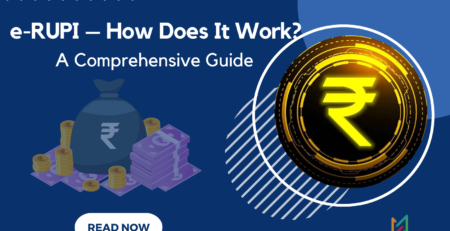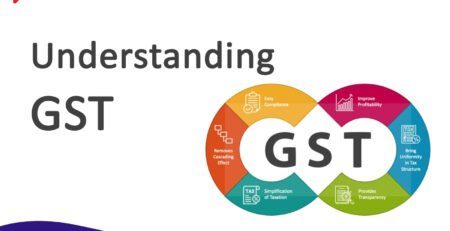The Rise of Digital Lending in India: Trends, Risks, and Future Outlook
Introduction
India’s financial landscape is undergoing a massive transformation, with digital lending emerging as a key driver of credit accessibility. Fueled by smartphone penetration, UPI adoption, and fintech innovation, digital lending platforms are reshaping how Indians borrow money—from instant personal loans to Buy Now, Pay Later (BNPL) schemes.
But with rapid growth comes regulatory scrutiny, data privacy concerns, and rising NPAs. In this deep dive, we explore:
- How digital lending works in India
- Key players dominating the market
- Risks and regulatory challenges
- The future of digital credit in 2024 and beyond
- 1. How Digital Lending is Disrupting Traditional Banking
- The Shift from Banks to Fintech Apps
- Traditional banks rely on lengthy paperwork, credit scores, and physical verification. Digital lenders, however, use:
- AI-based underwriting (analyzing bank statements, SMS transactions, and social footprints)
- Alternate credit scoring (e.g., CRIF High Mark, Experian) for thin-file customers
- Instant disbursal (loans in under 10 minutes via UPI)
- Key Models in Digital Lending
- Peer-to-Peer (P2P) Lending (Faircent, LenDenClub)
- BNPL (LazyPay, Simpl, Amazon Pay Later)
- Instant Personal Loans (KreditBee, MoneyTap, Fibe)
- MSME Financing (NeoGrowth, Flexiloans)
- Case Study: ZestMoney (now defunct) showcased both the potential and pitfalls—aggressive growth led to RBI’s strict digital lending norms in 2023.
2. Major Players & Market Share
Fintech Startups vs. Banks
| Category | Top Players | Market Share (2024) |
|---|---|---|
| BNPL | LazyPay, Simpl, Flipkart Pay Later | 32% |
| Personal Loans | KreditBee, MoneyTap, CASHe | 28% |
| P2P Lending | Faircent, Lendbox | 12% |
| Bank-Backed | ICICI Instant Loan, Axis Quick Loan | 20% |
Why NBFCs Are Winning
- Faster adoption of OCEN (Open Credit Enablement Network)
- Partnerships with e-commerce platforms (Amazon, Flipkart)
- Lower operational costs than traditional banks
3. Risks & Regulatory Challenges
Growing Concerns
- Predatory Lending: Hidden charges and high APRs (up to 36% in some BNPL apps)
- Data Privacy: Apps accessing SMS, contacts, and gallery (RBI’s 2023 guidelines banned this)
- Rising NPAs: 8-12% delinquency rates in small-ticket loans (vs. 4-6% for banks)
RBI’s Crackdown on Digital Lenders
- Digital Lending Guidelines (2023):
- All loans must be disbursed only to regulated entities (no 3rd-party apps)
- Cooling-off period mandatory for loan cancellation
- No automatic data access without consent
Impact: 600+ illegal loan apps banned, ZestMoney shut down.
4. The Future of Digital Lending in India
5 Trends to Watch in 2024-25
- Embedded Finance: Loans integrated into Swiggy, Ola, and other apps.
- AI-Driven Risk Models: Using GST data, UPI history for better underwriting.
- RBI’s CBDC Integration: Faster, cheaper loan disbursals via digital rupee.
- Rural Expansion: Regional language apps targeting Tier 3-4 towns.
- Stricter KYC: Video-based verification to reduce fraud.
Long-Term Projections
- Market size to hit **720billionby2030∗∗(from720billionby2030∗∗(from270B in 2024).
- Traditional banks will acquire or partner with fintechs to stay relevant.
Conclusion: Should You Trust Digital Lenders?
Digital lending offers speed and convenience, but borrowers must:
✔ Compare interest rates (avoid apps with vague pricing)
✔ Check RBI registration of the lender
✔ Avoid sharing unnecessary permissions (SMS/gallery access)
With tighter regulations and tech innovation, India’s digital credit ecosystem is maturing—but caution remains key.











